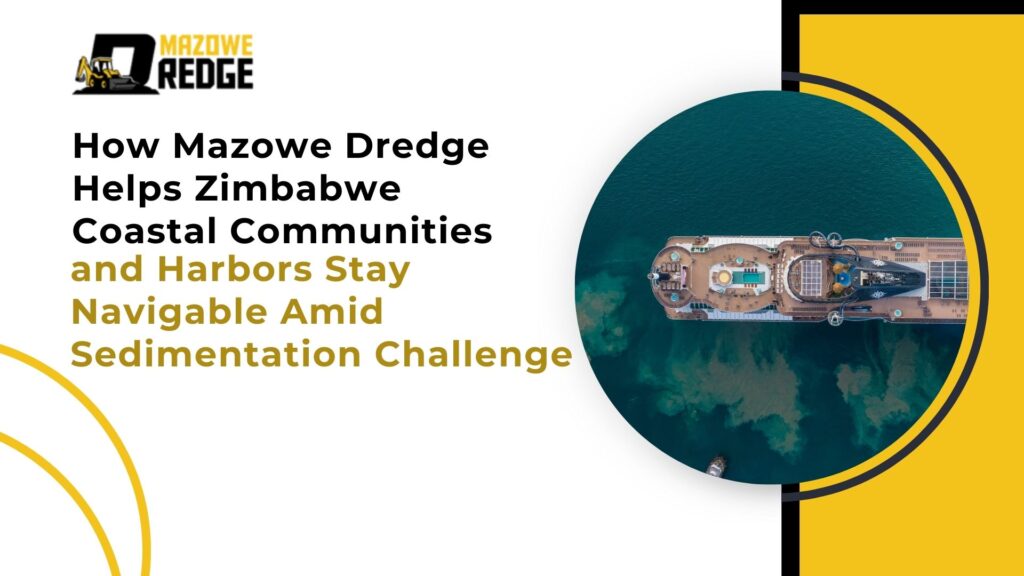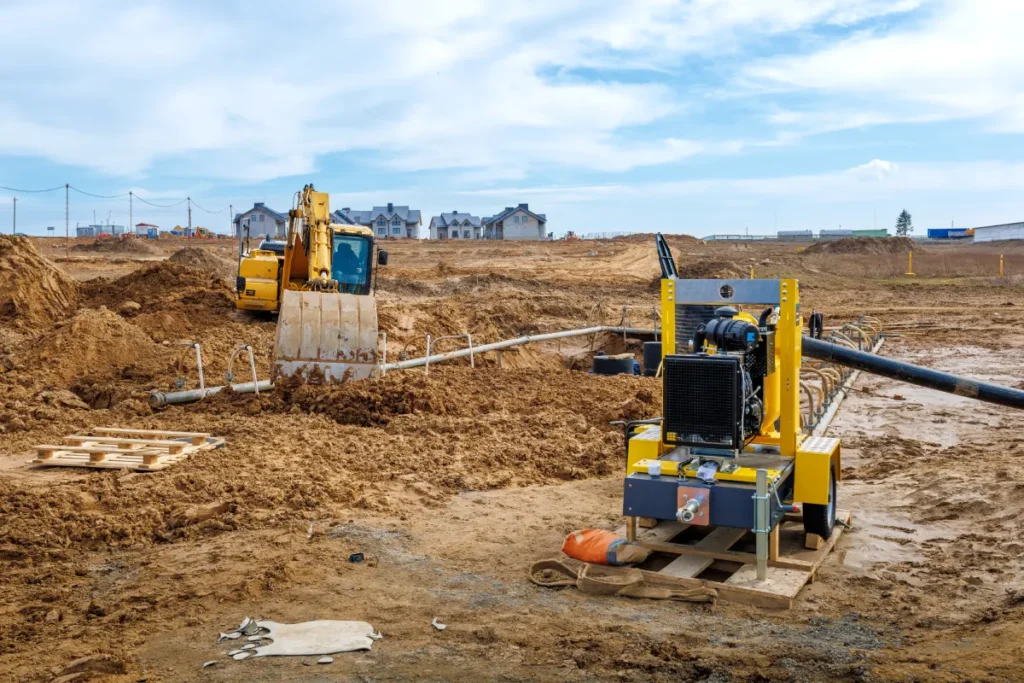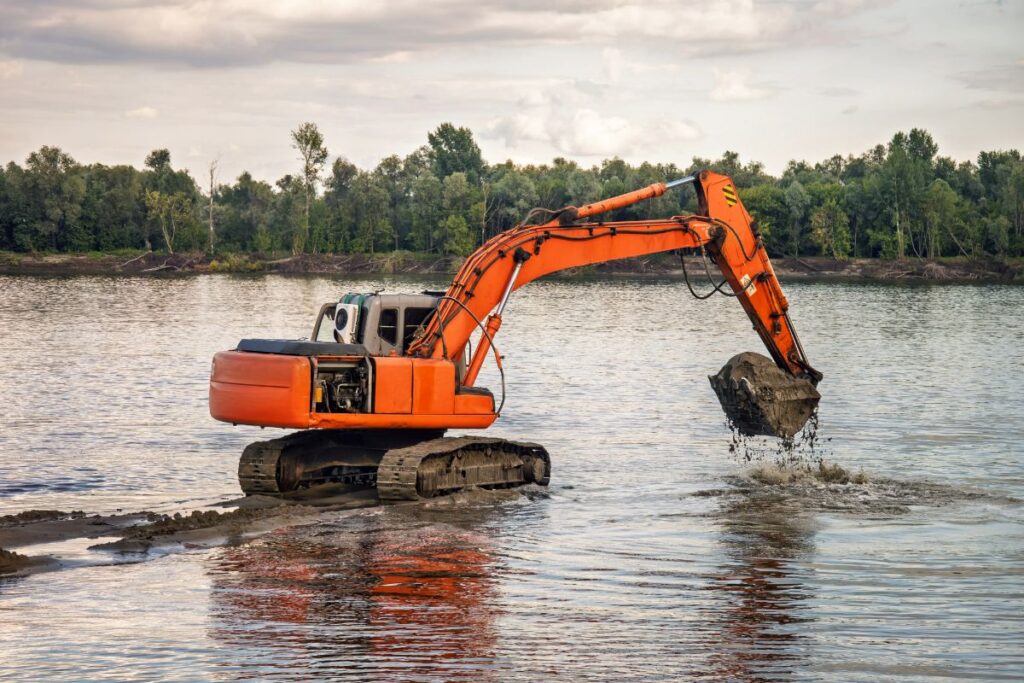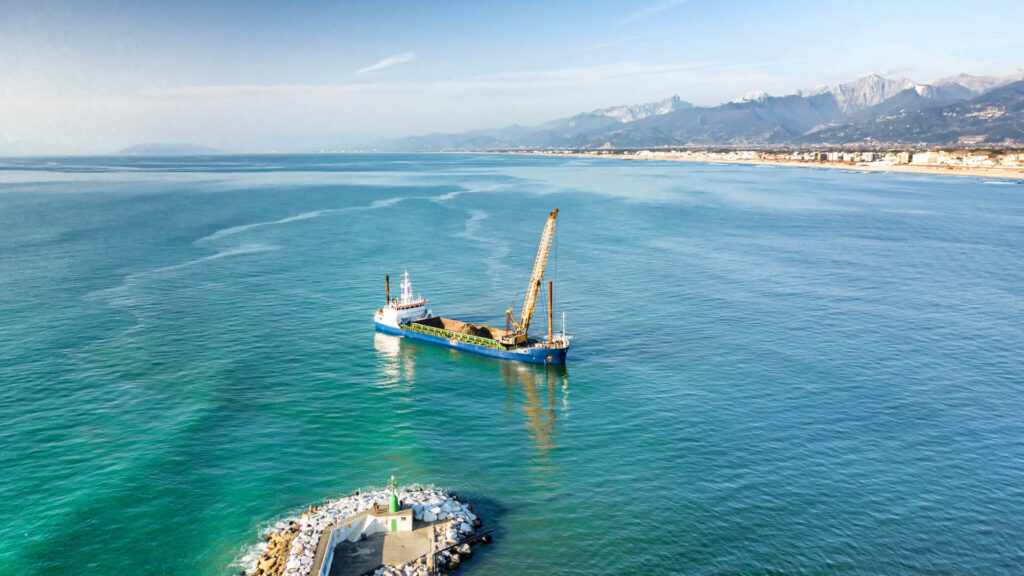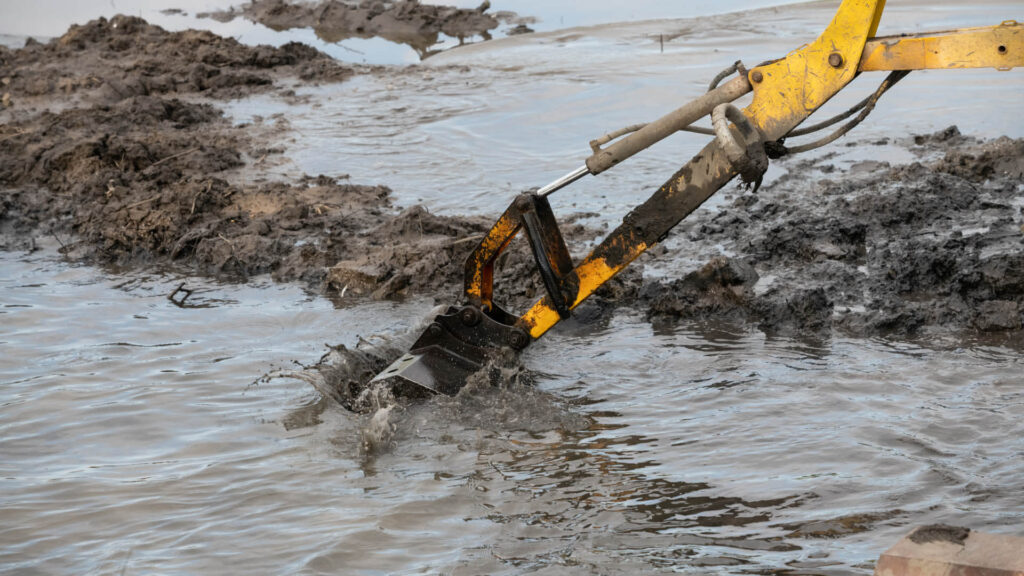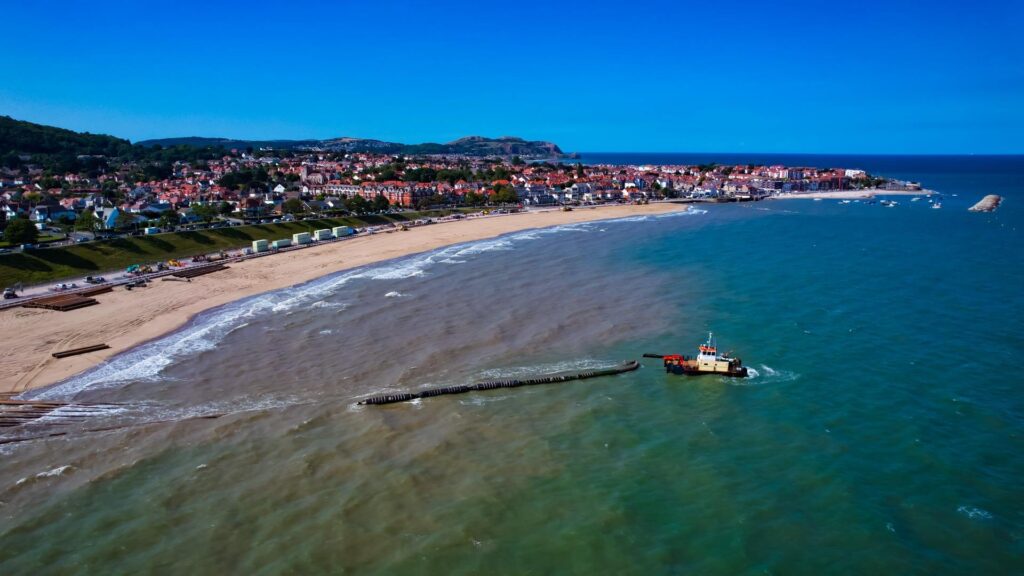How Mazowe Dredge Helps Zimbabwe Coastal Communities and Harbors Stay Navigable Amid Sedimentation Challenge
Coastal and harbor zones in Zimbabwe are experiencing faster sediment buildup than most operators can manage. Channels narrow, vessel draft reduces, and routine commerce slows down. The need for reliable Zimbabwe coastal dredging solutions is no longer a seasonal conversation. It has become a core operational requirement for ports, fishing communities, and local authorities that depend on stable waterways. This is where Mazowe Dredge steps in with practical, equipment-driven support that keeps harbors navigable. Unlike generic contractors, Mazowe Dredge works with the region’s realities. Sediments here are heavier and more abrasive, and often contain vegetation that can block underpowered systems. The company provides site-ready equipment, technical planning, and ongoing support so harbor teams can stay ahead of sedimentation rather than react to emergencies. With a mix of modern pumps, hoses, and specialized systems, Mazowe Dredge helps operators regain control of shallow zones through consistent harbor sediment management. As ports become busier and climate change increases silt loads, reliable navigational dredging becomes essential. This blog breaks down how Mazowe Dredge addresses these challenges with solutions designed for speed, durability, and cost awareness. It also highlights why a structured approach to coastal dredging solutions in Zimbabwe is an operational advantage for the Country’s coastal communities. The Sedimentation Pressure On Zimbabwe’s Coastal And Harbor Zones Sedimentation in Zimbabwe’s coastal and estuarine harbors has become a predictable operational challenge. Heavy rains, upstream soil movement, and narrowing natural channels increase silt accumulation at critical access points each year. For port teams and community authorities, this creates a recurring problem: waterways fill faster than they can be cleared. That is exactly why dependable Zimbabwe coastal dredging solutions are no longer optional. When sediment levels rise, vessels face reduced maneuvering space and restricted draft. Even small variations in depth can delay cargo movement, disrupt fishing activity, increase grounding risk, and force operators to rely on costly temporary fixes. These disruptions stack up across the logistics chain, making proactive harbor sedimentation management far more sustainable than reactive clearing. Local surveys across several African coastal sites show a common pattern. Depth can drop by 15-30 percent after a single rainy season. In many small harbors, that drop is enough to block medium vessels completely. Without a structured dredging plan, ports experience increased downtime, rising operational costs, and lower community access. The challenge is not just the volume of sediment but also the type. Many Zimbabwean harbor zones handle thick, abrasive, vegetation-rich material that standard pumps struggle to handle. This is exactly the gap Mazowe Dredge addresses by pairing site-appropriate equipment with a workflow that prevents recurring blockages. Why Standard Dredging Methods Fall Short In Zimbabwe Many harbor teams start dredging with whatever equipment is available, but in Zimbabwe, this approach rarely works for long. The sediments found in coastal and harbor areas are heavier, more abrasive, and mixed with organic debris that quickly clogs underpowered systems. This is why one-size-fits-all dredging often fails before real progress is even visible. The region needs Zimbabwe coastal dredging solutions that are built for these tougher conditions. A common issue is relying on pumps that cannot maintain consistent suction when sediment density increases. Operators stop every few minutes to unclog lines, wasting time and fuel. Another challenge is the use of small hoses that restrict flow and make sediment removal inefficient. When this happens repeatedly, ports drift into emergency mode rather than executing a planned harbor sedimentation management strategy. Seasonality adds another layer of difficulty. Right after the rains, sediment inflow peaks. If the equipment on site is not designed for high-volume, vegetation-laden slurry, dredging slows down, and channels remain shallow for weeks. This is exactly the period when fishing boats, transport vessels, and community water traffic need clear access. Without the right setup, navigational dredging becomes expensive, slow, and unreliable. Mazowe Dredge designs solutions to address these specific Zimbabwean challenges. From stronger pumps to durable hose systems and improved sediment-handling layouts, the company ensures that the performance of Zimbabwe coastal dredging solutions remains stable even under demanding conditions. Mazowe Dredge’s Equipment Mix And On-The-Ground Approach Were Designed For Zimbabwean Conditions The strength of Mazowe Dredge lies in its ability to match the right equipment to the exact sediment profile in Zimbabwe’s coastal and harbor zones. Instead of pushing generic machinery, the company focuses on what actually works on abrasive, vegetation-heavy, fast-settling material. This is the foundation of effective Zimbabwe coastal dredging solutions and the reason Mazowe Dredge’s projects maintain steady progress where standard setups fail. Mazowe supplies and configures high-performance slurry pumps that handle thick, uneven sediment without recurring clogging. These pumps maintain flow even when the material includes roots, weeds, or compacted fines that typically stop conventional systems. For harbor teams managing shallow spots, this matters because uninterrupted pumping is essential for efficient harbor sedimentation management. In addition to pumps, Mazowe deploys a durable hose system that matches the expected pressure and sediment load. Many small ports use lighter hoses that collapse, leak, or tear under abrasive flow. Mazowe’s hoses are reinforced for longer service life, higher discharge volume, and reduced downtime. Combined with floats and fittings designed for rough coastal conditions, the hardware functions as a system rather than a collection of components. For complex areas with an uneven or partially compacted sediment bed, Mazowe recommends dredge attachments that enhance reach and precision. These attachments allow operators to target hotspots, move material faster, and avoid unnecessary excavation. This structured method elevates routine dredging into reliable, year-round navigational dredging that ports can depend on. Every component Mazowe provides is chosen to reduce interruptions, increase removal rates, and help harbor authorities stay ahead of sediment buildup. By matching equipment to real environmental conditions, Mazowe Dredge delivers solutions that are not only efficient but long-term and cost-stable. A Practical Project Workflow That Keeps Dredging Consistent And Predictable Mazowe Dredge approaches every project with a structured workflow, enabling harbor teams to move from reactive clearing to controlled, predictable operations. This step-by-step method makes Zimbabwe’s coastal dredging solutions reliable rather than relying on seasonal

